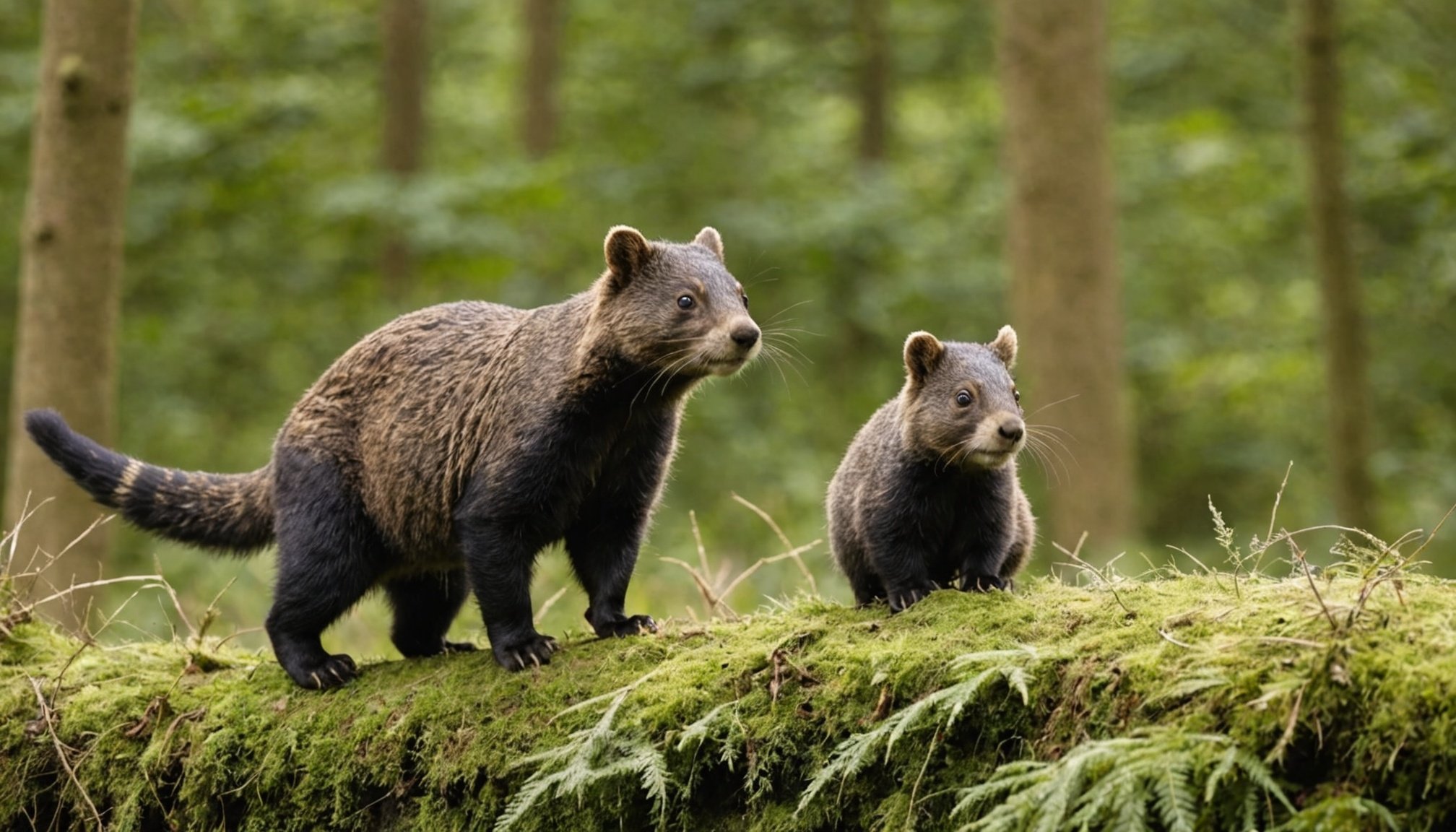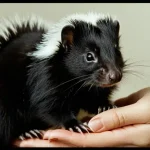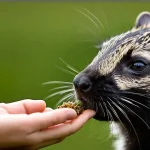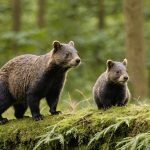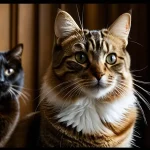Most Threatened Animal Species in the UK: Current Overview
An up-to-date perspective on at-risk wildlife
The list of threatened UK wildlife reveals a concerning reality: several native species face severe risks of extinction. Among the endangered animals UK monitors, the Scottish wildcat and the water vole stand out as critically imperiled, with populations declining sharply over recent years. The Scottish wildcat, for instance, suffers from habitat loss and hybridisation with feral cats, pushing it perilously close to extinction in the wild.
In the same genre : What are the latest UK wildlife reintroduction projects?
Recent assessments from UK conservation organisations highlight that the number of UK species at risk has grown, reflecting ongoing pressures such as urban expansion, climate change, and pollution. For example, the natterjack toad’s population remains fragmented and vulnerable due to habitat degradation, while certain bat species, including the lesser horseshoe bat, are battling the impacts of disease and shrinking roost sites.
Population trends tracked by institutions such as the Joint Nature Conservation Committee show these declines often accelerate when conservation efforts do not keep pace with threats. It is vital to monitor and support these threatened UK wildlife species to halt or reverse their descent toward extinction. The latest data emphasize an urgent need for targeted conservation strategies to protect these animals and sustain biodiversity across the UK’s ecosystems.
Additional reading : What Are the Most Unusual Animal Discoveries in the UK?
Detailed Profiles of Critically Endangered UK Animal Species
Understanding the plight of species in decline UK requires examining mammals, birds, amphibians, and more that teeter on the brink of extinction. Among endangered mammal UK species, the hazel dormouse stands out. Once widespread, this small rodent’s numbers are falling due to habitat loss and fragmentation. Conservation efforts focus on restoring woodland connectivity to halt further declines.
In the avian world, several rare birds UK face serious threats. The curlew, for example, suffers from habitat degradation and changes in agricultural practices. Precise monitoring shows their nesting success rates dropping, making protective measures urgent to prevent local extinctions. Similarly, the Scottish crossbill, the UK’s only endemic bird species, is vulnerable due to its limited range and specific habitat needs.
Turning to threatened amphibians UK, the great crested newt is a key figure. Declining pond habitats and water pollution pose significant risks. Their legal protection stresses the importance of aquatic and terrestrial habitat management. This balance is crucial to bolster their fragile populations and prevent further decline.
Each of these examples reflects how species in decline UK require targeted conservation strategies. Understanding their specific challenges allows for better resource allocation and policy implementation to support recovery efforts in the wild.
Reasons Behind Declining Populations of UK Species
Understanding the decline in populations of UK species requires examining several interconnected factors. Habitat loss UK is one of the most critical issues. Urban development, agriculture expansion, and infrastructure projects cause habitat fragmentation and degradation. This limits the available living and breeding space, making it difficult for species to survive and reproduce.
In addition, invasive species UK pose a serious threat. Non-native plants and animals can outcompete native species for resources or introduce diseases, disrupting the delicate ecological balance. For example, the introduction of non-native crayfish has harmed native aquatic species.
Climate change animals UK affects species in multiple ways. Shifts in temperature and weather patterns alter food availability and breeding cycles. Species unable to adapt quickly may face population declines or local extinctions.
Pollution wildlife UK also plays a significant role. Chemicals, plastic waste, and air pollutants damage habitats and directly affect animal health. Runoff from pesticides and fertilizers contaminates freshwater habitats, harming amphibians and insects.
Human activities are the underlying cause connecting these challenges. Urbanisation, intensive farming, and pollution release pressures on natural ecosystems, accelerating species decline. Recognising these causes can guide effective conservation strategies to protect remaining UK biodiversity.
Conservation Efforts and Organisations Working to Protect UK Species
Conservation UK initiatives form the backbone of efforts to protect native species and habitats. Central to these initiatives are species recovery plans, which focus on restoring populations of endangered wildlife. These plans often combine habitat restoration with targeted breeding and reintroduction programs, addressing specific threats to vulnerable species.
Wildlife charities UK play a pivotal role alongside government agencies. Organisations such as the Royal Society for the Protection of Birds and the Wildlife Trusts collaborate with policymakers to implement conservation strategies. They also engage the public through education and volunteer opportunities, fostering widespread support for conservation UK projects.
Protected areas UK, including national parks and nature reserves, are critical for preserving biodiversity. These areas serve as safe havens where species can thrive without the pressures of urbanisation or intensive agriculture. Despite these successes, ongoing challenges remain, such as habitat fragmentation and climate change pressures.
Together, conservation UK initiatives, wildlife charities UK, and protected areas UK create a comprehensive framework that not only safeguards species but also promotes ecosystem resilience. This multi-faceted approach is essential for ensuring long-term recovery and sustainability of wildlife across the United Kingdom.

